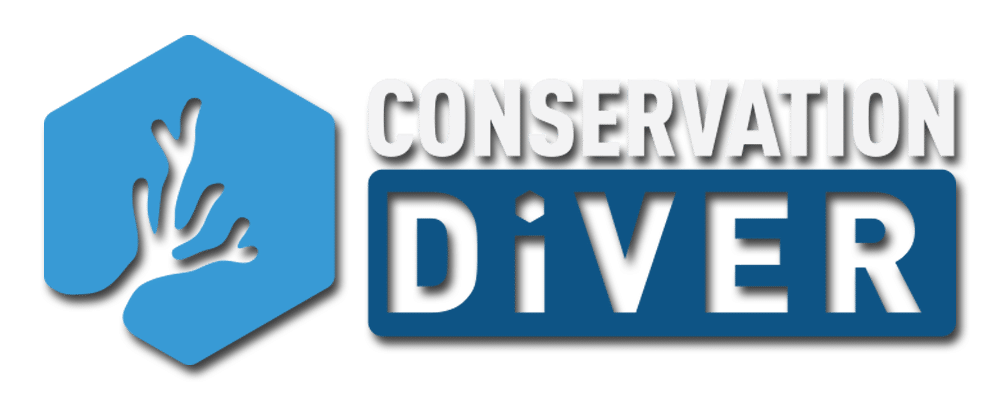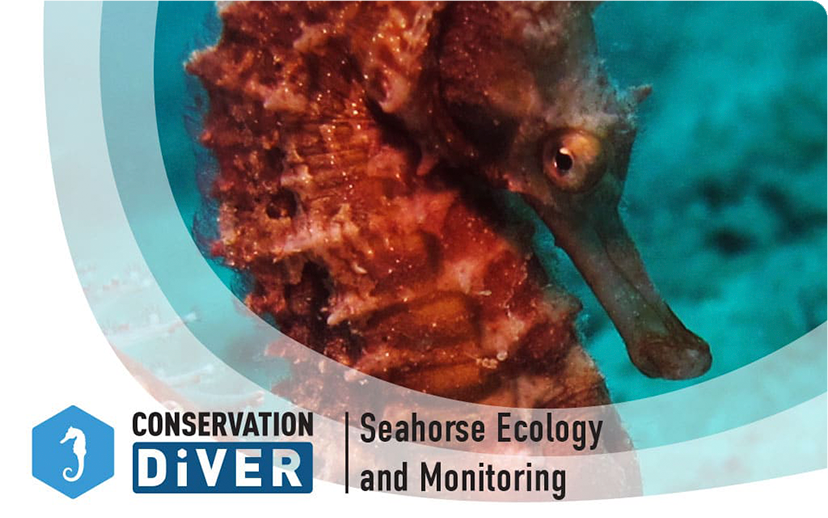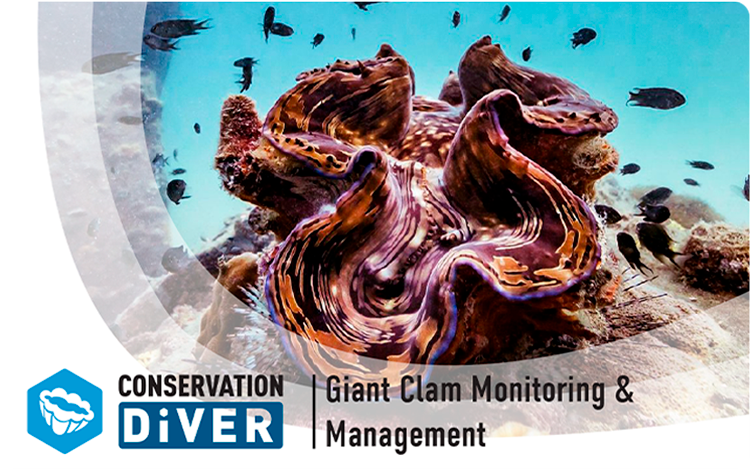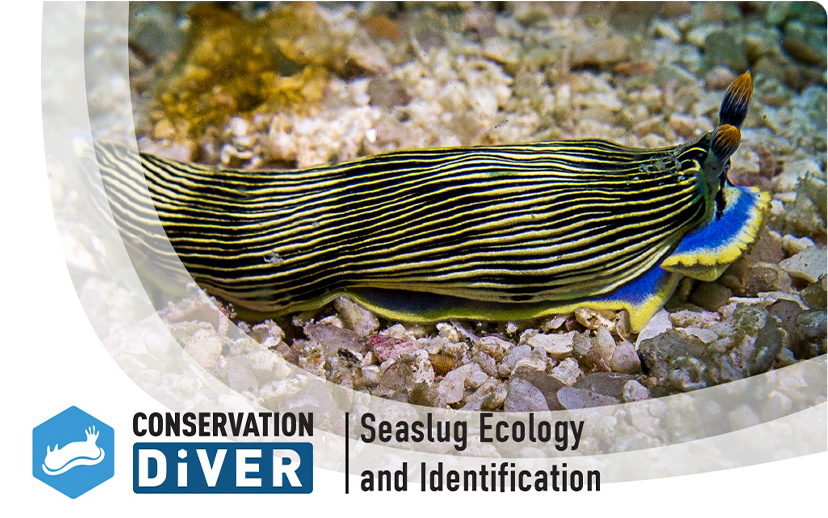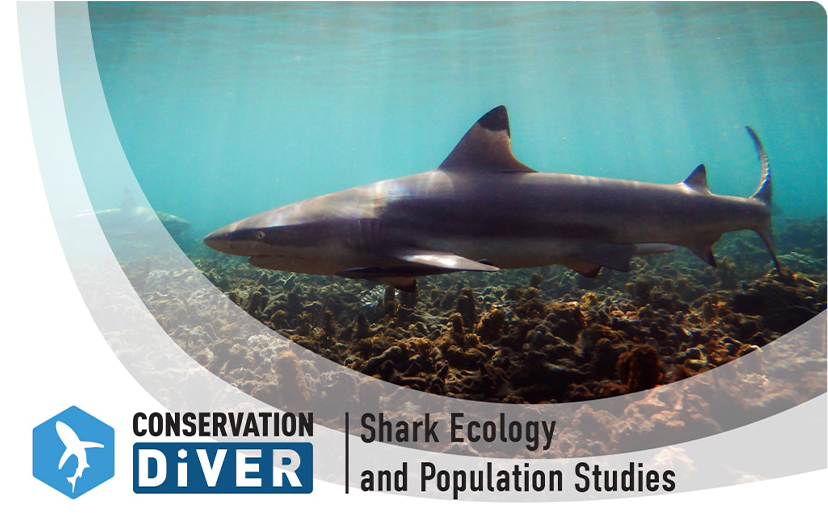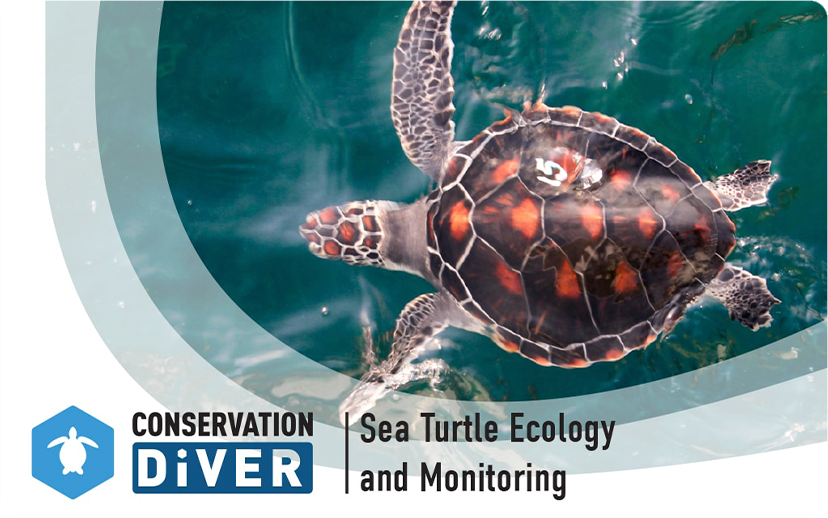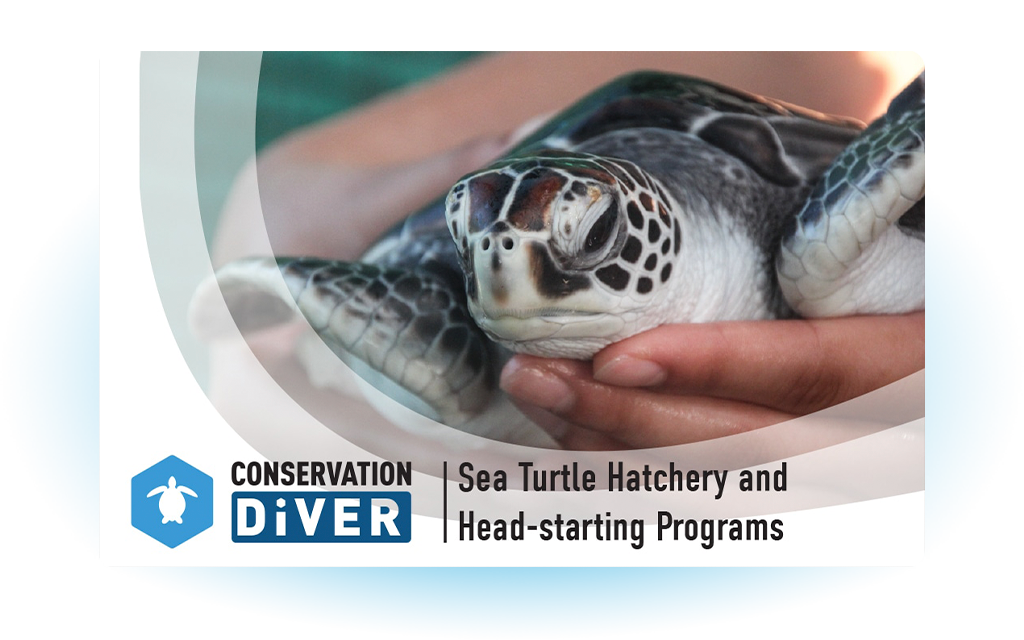
Sea Turtle Hatchery & Head-Starting Programs
All 7 species of sea turtle on the planet today are on the endangered species list, with populations of some reduced by 98%. However, local interventions and mitigation measures have shown to be successful in maintain and restoring populations in many locations around the globe. In this course, participants will learn about sea turtle conservation strategies and participate in locally-run programs aimed to protect and even increase local populations. Depending on the location, this may include hatchery, head-starting, rehabilitation, and release programs.
Learn about sea turtle ecology, evolutionary history, and the threats they face.
Gain skills in properly handling, caring for, and feeding sea turtles in hatchery, nursery, or rehabilitation programs, including monitoring their health and growth.
Understand the objectives and techniques of sea turtle hatchery and head-starting programs, as well as the associated scientific debate.
Gain skills in properly handling, caring for, and feeding sea turtles in hatchery, nursery, or rehabilitation programs, including monitoring their health and growth.
Program Eligibility and Requirements
To join the Sea Turtle Hatchery & Head-Starting Programs Program, participants need to meet the following criteria:
- Age Requirement: Applicants must be 12 years of age or older.
- Diver Certification: Applicants should hold certification as an Advanced diver from a recognized diving organization such as PADI, SSI, RAID, or similar. Alternatively, Open Water divers can be eligible if they have successfully completed a buoyancy appraisal under the guidance of a professional diver.
- Diving Proficiency: Applicants need to showcase advanced diving skills, including excellent buoyancy control and self-awareness.
- Certifications: Interested individuals must have completed the following certifications offered by our program:
Upon Enrollment in the Course, participants will be required to:
- Attend 1 lecture and 1 practical briefing
- Take data on sea turtle growth (weight and shell length) if at a nursery or rehabilitation program
- Perform at least three of the following activities:
- Take data on sea turtle growth (weight and shell length)
- Perform cleaning, feeding, and maintenance activities
- Undertake night beach patrols
- Learn how to protect and/or relocate sea turtle nests to a hatchery
- Take data on nesting sea turtles
- Take data on hatching success rates
- Complete exam
Published papers and reports derived through the teaching of this course
- Recruitment of hard coral communities on giant clam shells (Cardiidae: Tridacna) differ from surrounding reef habitats at a tourist destination in the Gulf of Thailand Rahul Mehrotra, Alyssa Allchurch, Coline Monchanin, Chad M Scott
- Citizen science reveals the population structure and seasonal presence of whale sharks in the Gulf of Thailand Kirsty Magson, Emily Monacella, Chad Scott, Noémie Buffat, Sirachai Arunrugstichai, Metavee Chuangcharoendee, Simon J Pierce, Jason Holmberg, Gonzalo Araujo
- Population dynamics of corallivores (Drupella and Acanthaster) on coral reefs of Koh Tao, a diving destination in the Gulf of Thailand by Chad M. Scott, Rahul Mehrotra, Margaux Y. Hein, Michelangelo S. Moerland, and Bert W. Hoeksema
- Rare zooxanthellate Nanipora octocoral (Helioporacea) in the Gulf of Thailand by Pau Urgell Plaza, Rahul Mehrotra, Chad M. Scott and James Davis Reimer
- Changes in hard coral abundance and composition on Koh Tao, Thailand, 2006-2014 by Chad M. Scott, Rahul Mehrotra, Madalena Cabral and Sirachai Arunrugstichai
- An update to the list of coral reef fishes from Koh Tao, Gulf of Thailand by Patrick Scaps and Chad M. Scott
- Incident Report and Restoration Overview: Boat Grounding, Chalok Ban Kao Reef, January 2017 2015. by Chad Scott, Spencer Arnold, Elouise Haskin, Kirsty Magson, Rahul Mehrotra, Joel Rorher, Pau Urgell Plaza
